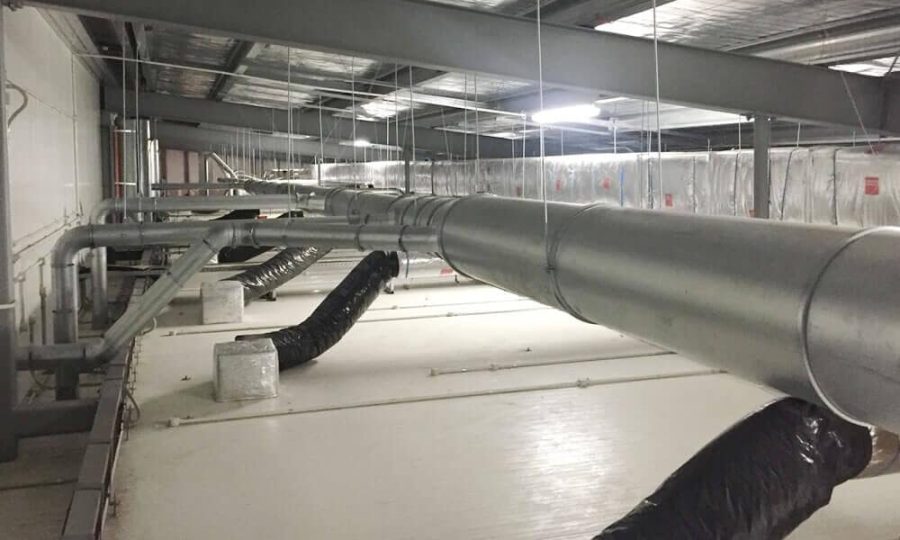Effective dust suppression is essential for many industries, from construction and mining to manufacturing and waste management. Dust not only poses serious health risks to workers but can also cause environmental damage, machinery wear, and regulatory violations. While dust suppression systems are designed to control these risks, there comes a time when your system may no longer be adequate. Whether due to technological advancements or changes in your operational needs, knowing when to upgrade your dust suppression system can save you time, money, and compliance headaches.
Next, we’ll explore key signs that it’s time to upgrade your dust control solution.
Advancements in dust suppression technology
Technological advancements in dust suppression can provide better, more efficient control of airborne particles. Older systems may rely on outdated methods, such as basic water spraying, which can be ineffective and wasteful. Newer BossTek dust suppression systems use advanced technologies like misting, foam-based solutions, or electrostatic charging to enhance dust capture with lower water usage. Upgrading to a newer system can improve your operational efficiency and save resources in the long run. Many modern dust control systems also offer remote monitoring and automation, allowing you to fine-tune dust control measures in real time. These features can lead to reduced maintenance costs, improved environmental impact, and more effective dust suppression overall.
New regulatory requirements
Environmental and health regulations surrounding dust control are continually evolving. Many industries are subject to strict regulations from agencies such as the Environmental Protection Agency (EPA) and the Occupational Safety and Health Administration (OSHA). If new regulations are introduced that require more stringent dust control measures, your current system may no longer meet compliance standards. For example, new laws may impose lower limits on permissible dust levels, or stricter guidelines may be implemented for specific dust particles, such as silica or asbestos. Therefore, upgrading to a more advanced system that meets regulatory guidelines can ensure your business remains compliant and avoids costly penalties.

Changes in production levels or material handling
Another factor to consider is whether your production levels or material handling processes have changed. If your business has expanded or introduced new processes that generate more dust than before, your existing dust suppression system might not be able to keep up. For instance, increasing output or working with materials that produce finer, more dangerous dust particles could overwhelm an older system, leading to inadequate dust control. In these cases, upgrading to a more robust system with greater capacity and improved efficiency may be necessary. Some newer systems are designed to handle larger areas and more intense dust production while consuming less water and energy, making them both effective and cost-efficient for expanding operations.
Increased maintenance and repair costs
As dust suppression systems age, the frequency and cost of repairs tend to increase. Components wear out, nozzles clog, and pumps can lose pressure, leading to higher maintenance costs and downtime. When your business is spending more on repairs than anticipated or experiencing frequent system breakdowns, it may be time to invest in an upgraded system. A new dust suppression system will not only be more reliable but may also come with warranties and improved service options that reduce the burden of ongoing maintenance.
Upgrading your dust suppression system is a strategic investment in the long-term efficiency, safety, and compliance of your operations. By recognizing some of the signs early and choosing a system that fits your evolving needs, you can ensure that your facility remains dust-free, compliant, and productive for years to come.





